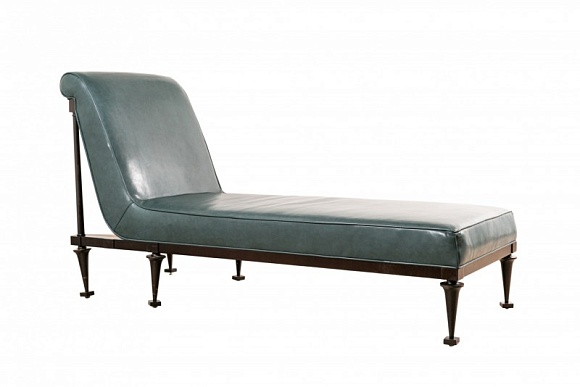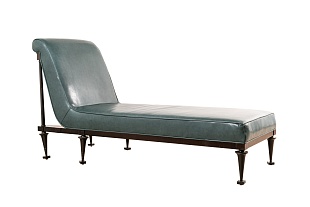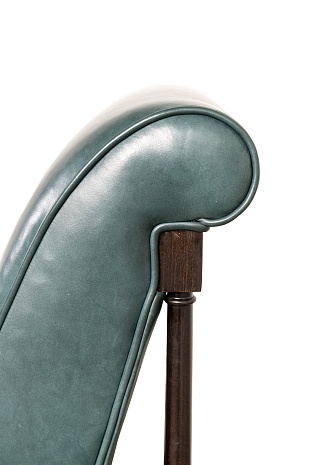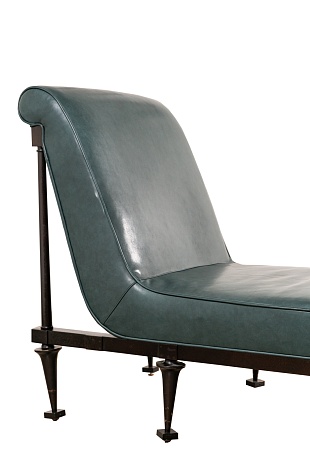Arbus André
Франция
French architect, sculptor and designer André Arbus was destined to become one of the 20th century’s finest furniture makers. According to him, the craft was in his blood. “I come from an old family of cabinetmakers,” he once said. “From father to son for a very long time. In other words, I was born in a cabinet-making workshop.”
Born in Toulouse in 1903, Arbus spent his childhood working in his father’s business which sold reproductions of 18th century French furniture. He later studied at the École des Beaux-Arts in Toulouse under sculptor Henry Parayre.
After graduating, Arbus returned to work with his father as the business’s artistic director. When his father retired, Arbus transformed the company from selling furniture reproductions to one that produced his own formidable designs, including cocktail tables, sofa tables and floor lamps that merged neoclassicism with Art Deco and featured alluring modernist characteristics.
In 1925, Arbus exhibited at several shows, including the Salon des Artistes Décorateurs, Exposition des Arts Décoratifs, Salon d’Automne, the Gallery L’Epoque and won a medal at the International Exhibition of Modern Decorative and Industrial Arts, which brought the Art Deco style to the global stage.
Arbus moved to Paris in 1932, won the prestigious Premier Prix Blumenthal in 1934 and opened his own gallery in 1935. His sconces, chandeliers and dining room tables attracted a steady clientele of some of Paris’s wealthiest. Arbus exhibited at the 1939 World’s Fair in New York and, throughout the 1940s, received numerous notable commissions. The French government gave many of his pieces as gifts to visiting foreign heads of state. He furnished several luxury ocean liners, collaborated with Maison Veronese on a line of lighting fixtures and was tasked to build a jewel cabinet for Princess Elizabeth.
In 1946, Arbus participated in the refurbishment of the Élysée Palace and the Château de Rambouillet with fellow French architects and designers Louis Süe and Jean-Charles Moreux.
Arbus focused on sculpture throughout the 1950s until he died in 1969, drawing inspiration from eminent sculptors such as Vadim Androusov and Sylva Bernt. Today, Arbus’s works can be found in museums around the world.

Родившийся в Тулузе в 1903 году, Арбю провел свое детство, работая в бизнесе своего отца, который продавал репродукции французской мебели 18-го века. Позже он учился в Школе изящных искусств в Тулузе у скульптора Генри Парайра.
По окончании Арбю вернулся к работе со своим отцом в качестве художественного руководителя компании. Когда его отец вышел на пенсию, Арбус превратил компанию из продажи репродукций мебели в компанию, производящую его собственные потрясающие дизайны, в том числе коктейльные столики, диванные столики и торшеры, которые сочетали неоклассицизм с ар-деко и отличались заманчивыми модернистскими чертами.
В 1925 году Арбю выставлялась на нескольких выставках, в том числе в Салоне художников-декораторов, Выставке декоративного искусства, Осеннем салоне, галерее L'Epoque и получила медаль на Международной выставке современного декоративного и промышленного искусства, которая привнесла стиль ар-деко на мировую арену.
Арбю переехал в Париж в 1932 году, выиграл престижную премию Prix Blumenthal в 1934 году и открыл свою собственную галерею в 1935 году. Его бра, люстры и обеденные столы привлекли постоянную клиентуру из числа самых богатых парижан. Арбю выставлялась на Всемирной выставке 1939 года в Нью-Йорке и на протяжении 1940-х годов получала множество заметных заказов. Французское правительство преподнесло многие из его произведений в качестве подарков прибывшим главам иностранных государств. Он обставил несколько роскошных океанских лайнеров, сотрудничал с Maison Veronese в создании линии осветительных приборов и получил задание построить шкаф для драгоценностей для принцессы Елизаветы.
В 1946 году Арбю вместе с другими французскими архитекторами и дизайнерами Луи Сю и Жан-Шарлем Море участвовал в реконструкции Елисейского дворца и замка Рамбуйе.
Арбю сосредоточился на скульптуре на протяжении 1950-х годов до самой смерти в 1969 году, черпая вдохновение у выдающихся скульпторов, таких как Вадим Андрусов и Сильва Бернт. Сегодня работы Арбус можно найти в музеях по всему миру.
Франция


